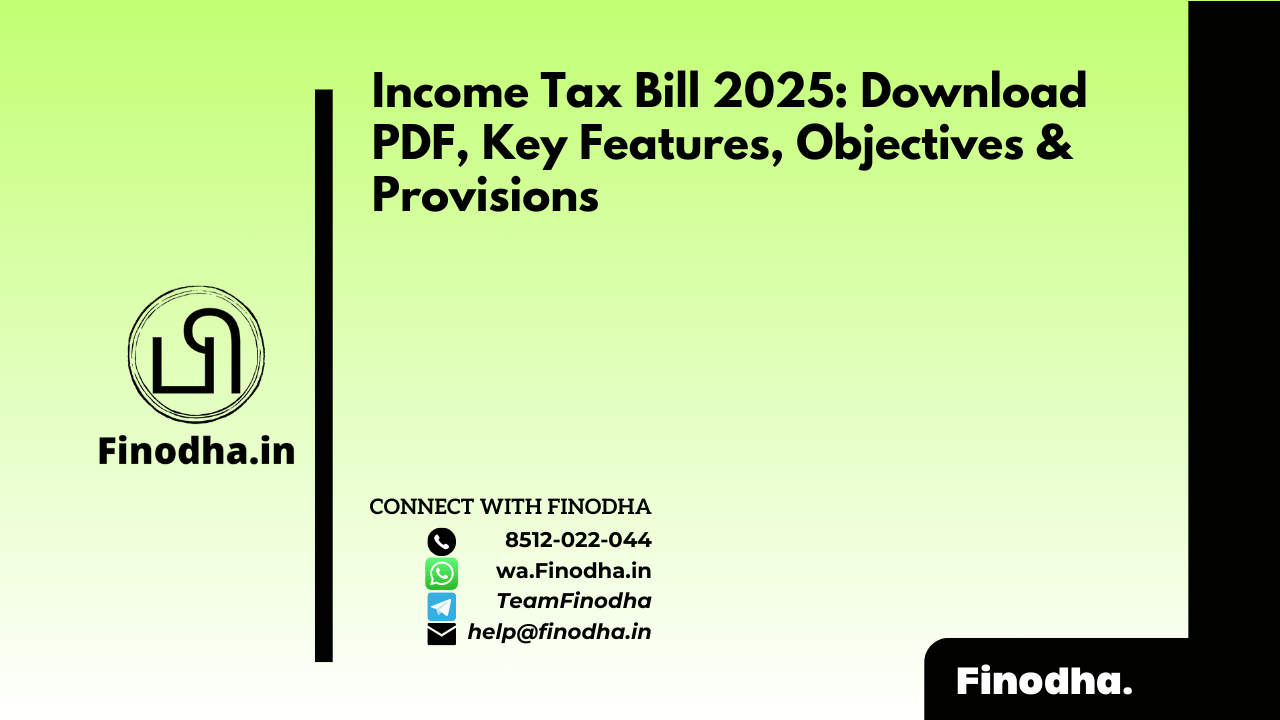Important Keyword: 139(9), Defective Return, IT Notice, Section 139(9).
Table of Contents
Section 139(9): Defective Return Notice
Navigating the labyrinth of Indian tax laws can feel like traversing a maze blindfolded for many taxpayers. The intricacies can often lead to unintentional errors creeping into their Income Tax Returns (ITR). When the Income Tax Department (ITD) conducts its scrutiny and uncovers such discrepancies, it issues what’s known as a “defective return notice” under section 139(9) of the Income Tax Act. Ignoring or failing to respond to this notice within the stipulated time frame can result in undesirable consequences.
To mitigate such situations and foster voluntary compliance, the ITD furnishes various documents like Form 26AS, Annual Information Statement (AIS), and Taxpayer Information Summary (TIS), among others. These documents serve as crucial checkpoints that taxpayers should diligently inspect before filing their ITR.
Think of Form 26AS as your tax compass, pointing out the direction of your financial transactions as recorded by the ITD. The Annual Information Statement (AIS) acts as a mirror reflecting the financial data reported by third parties like banks, employers, and mutual funds, offering taxpayers a chance to reconcile their records. Similarly, the Taxpayer Information Summary (TIS) provides a consolidated view of your tax profile, aiding in the identification of potential errors or discrepancies.
What is Section 139(9) – Defective Income Tax Return Notice?
A defective return notice is like a friendly tap on the shoulder from the Income Tax Department, signaling that something might be amiss in your tax return. It’s issued when errors, omissions, or inconsistencies are detected, hindering the accurate processing of your return. This notice isn’t meant to alarm you; rather, it’s an opportunity to rectify any slip-ups and ensure compliance with tax regulations. Responding promptly, within 15 days of receiving the notice, is crucial.
Here are some common reasons why you might receive a defective return notice under section 139(9) of the Income Tax Act:
- Mismatch in TDS and Income Details: Suppose you’ve earned income from freelancing, but mistakenly reported it under the wrong category, like Salary instead of Professional Income. This mismatch between your reported income and the TDS deducted could trigger a notice.
- Mismatch in Tax Dues: If the total taxes paid don’t align with the total taxes payable according to your return, you might receive a notice. It’s essential to ensure that your tax dues match up accurately.
- Return Filed without P&L and Balance Sheet: If you’re required to maintain Profit & Loss (P&L) and Balance Sheet details but fail to include them in your return, you could get flagged. For instance, if you’re a commission agent and overlook filling in your Balance Sheet details, you might receive a notice.
- Return Filed without Tax Audit Report: Certain criteria set by Section 44AB necessitate a tax audit report to accompany your return. If you fall under these criteria but forget to include the audit report, expect a notice.
- Not Eligible for Presumptive Taxation Scheme: Opting for the presumptive taxation scheme comes with specific requirements. Failing to provide accurate or complete information or opting out of the scheme without fulfilling necessary obligations can lead to a notice.
- Mismatch in Name and PAN: Any disparity between the name in the PAN database and the one provided in your return could result in a notice. It’s crucial to ensure consistency between the two.
Receiving a defective return notice isn’t cause for panic. It’s an opportunity to review your return, correct any errors, and resubmit it to ensure compliance. By addressing the issues highlighted in the notice promptly, you can navigate the tax-filing process smoothly and avoid any undesirable consequences.
Sample Notice under Section 139(9)


How will I Receive Notice under Section 139(9)?
In the realm of tax matters, the Central Processing Center (CPC) efficiently administers the issuance of notices under Section 139(9) of the Income Tax Act. These notices, vital in ensuring compliance with tax regulations, are seamlessly transmitted to taxpayers via their registered email addresses.
Attached to these emails lies a significant safeguard: a password-protected notice. To unlock its contents, taxpayers need only to input their Permanent Account Number (PAN) in lowercase, followed by their date of birth in the DDMMYYYY format. This combination, like a key to a vault, grants access to the essential information contained within.
This process underscores the government’s commitment to secure communication and transparency in tax dealings. By employing such measures, taxpayers are assured of the confidentiality of their tax-related communications while simultaneously facilitating compliance with regulatory requirements.
How to respond to notice under Section 139(9)?
Here’s how you can submit a response to the notice u/s 139(9) of the income tax act.
- Login to the e-filing portal and Navigate to Pending Actions > E-Proceedings from the dashboard.

- Click on View Notices
You will be able to view the proceeding name [Defective notice u/s 139(9)] and your return acknowledgment number here.
- Submit Response
After understanding the notice, click on the submit response option. Make sure to submit a response before the response due date mentioned here.
- Agree or Disagree
Choose from the options provided as to whether you agree or disagree with the notice.
- Agree with the Notice
If you agree with the notice, you can file a corrected return by attaching a JSON file here.
- Disagree with Notice
If you disagree with the discrepancy mentioned by the ITD, you will have to provide a reason for disagreement here.
- After entering the reason click on Submit and it is done you will see a confirmation message with an acknowledgment number on the screen upon successful uploading.
Consequences of Non-response
Should a taxpayer overlook the imperative to respond to the notice within the stipulated 15-day window, the consequences are weighty. In such a scenario, the tax department deems the original return as null and void, akin to it never being filed for that financial year. This oversight triggers a cascade of potential repercussions, including the imposition of interest and penalties for the failure to file the return.
Read More: How to respond to Non-filing of IT Return Notice?
Web Stories: How to respond to Non-filing of IT Return Notice?
Official Income Tax Return filing website: https://incometaxindia.gov.in/




